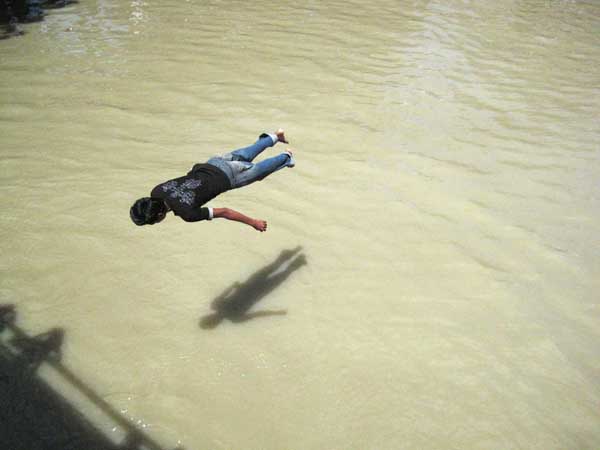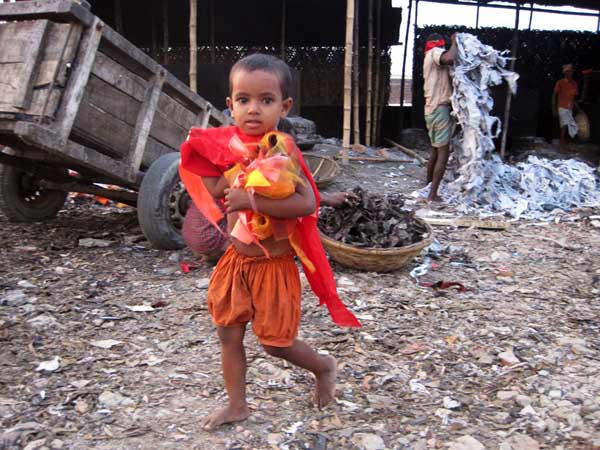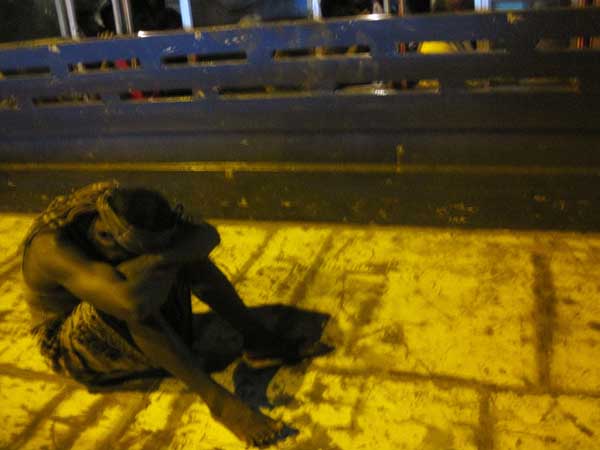Subscribe to ShahidulNews
![]()
There is a certain arrogance in ?teaching? anything. The assumption that you know best, and the certainty that you are in authority. The clear hierarchy. Bhaiya and Apa, against tumi or tui. When advantages of age and access are coupled with differences of class, it forms a dangerous mix. One needs to tread warily. The medium of photography, because of its power, is a dangerous tool. One hopes to share the adventure of a new way of seeing, but stay alert to the traps of privileged voyeurism. To empower and not be patronizing. To open windows of opportunity. To let in fresh ideas, but not trample on thoughts that exist.
It?s been tried before. The novelty of teaching children, the moral high ground through providing what was absent, the exoticism of entering a world through eyes that have special access are ways in which new worlds have been ?discovered?. Rarely has it raised the question of the invisibility of worlds that leads to such discovery. Empowerment can only be explored where equality has previously been denied. How then does one approach exploitation? How does one undo wrongs when one is on the ?wrong? side of the fence?
There are no easy answers. No secret ingredient, that makes one immune to the hazards of benevolent intervention. Therein lies the magic of this medium. Stripped of the need for technical prowess that makes privileged knowledge a domain of the privileged. Unburdened by the material limitations of films and their cost. Liberated from the aesthetic leanings of conventional education, some children have a freedom that their ?well brought up? counterparts have long lost.


It?s a contagious spontaneity. A boy and his shadow, hovering in suspended animation, take the ?decisive moment? to new heights. Clutching her prized possessions, a little girl walks through a rubbish tip, her hesitant smile lighting up the drabness of her surrounds. A lonesome worker, drooped in toil, rests his weary body. These are not images made because of some learned aesthetics, or some schooling of shape or form. No complex law of composition can compete with the contours shaped by a caring eye. No sermon on tempo and pace can replace the irrepressible energy of unabashed youthfulness. No theory on the use of negative space can contain the sheer audacity of an unbounded horizon. Did the ?teachers? not have a role? Of course they did. They stepped out of the way when they knew the time was right. They coaxed and cajoled when a little prod was needed. They said ?yes, yes, yes?, when they saw hesitation in expectant eyes. They waxed the wings of flight. They let imagination soar.

These gentle, harsh, chaotic and elegant images remind us, not of some untapped potential that our intervention has released, but the humanity in abundance that our unabated surge for growth, leaves behind.
Exhibition and launch
Dhaka Diary
UNICEF website

Dear Shahidul,
Wonderful. I am always amazed at your audacity, your ability for providing space and inspiration.